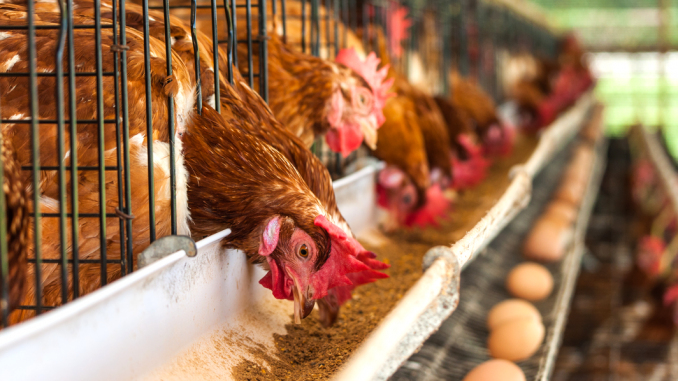In the process of raising chickens, in addition to selecting reliable poultry equipment manufacturers. Experts believe that strengthening winter management is an important part of increasing egg production rate. Now let's talk about the management of chicken raising in winter.
In winter, the temperature is low, and the chicken consumes a lot of heat, so it is necessary to eat more feed. When the room temperature is lower than -5 °C, the chickens gather in a group, do not like activities, walk slowly, and the laying hens will also stop production. Below -10 ° C, the cockscomb will freeze. Other feeding and management conditions remain unchanged. If the room temperature can be raised to about 10 °C, the egg production rate can be increased. However, the room temperature is too high, and when the temperature difference between indoor and outdoor is very different, it is easy to cause a cold when the chicken is placed outside.

Therefore, the most suitable temperature in the room should be controlled at about 5 °C, so that the drinking water does not freeze, the chicken can disperse the activity, and the normal egg production is maintained. The method of heat preservation mainly makes the house tight, and there is no place for ventilation. It can also be densely fed and a windproof fence on the outside of the house and the playground. Thus, when the outdoor temperature is not lower than -30 ° C, the night temperature in the house can be maintained at 2 ° C - 3 ° C, 5 ° C - 7 ° C during the day, without burning fire for temperature. In areas where temperature is required, a fire wall can be built in the house to balance the temperature.
In winter, it is also important to keep the air fresh inside the house. Otherwise, due to lack of oxygen, it will affect the metabolism of the chicken and the egg production rate will decrease. Therefore, the vent should be opened frequently during the day. When the sun is sunny and the climate is warm, you can open the small window and then open the big window for ventilation. If the outdoor temperature is around 0 °C, the chicken can also be released from the house.
In winter, it is mainly based on house feeding, it is easy to accumulate manure, and the humidity in the house is high, which affects the health of the flock and the quality of the eggs. In order to keep the ground dry, a small amount of lime can be smeared when changing the grass.
In winter, not only should you pay attention to adequate nutrition, but also with a high-calorie grain feed. Long winter nights can increase the amount of feed when feeding the last pellets.
Drinking water should be kept warm, especially if you drink warm water in the morning to promote warming and promote exercise. In order to make the chickens exercise more, you can often feed the pellets in the sports field, or hang cabbage, radish, etc., so that the chickens can eat freely and run more. Conditional can be installed in the house to increase the light, one to warm, and the other to stimulate activities to promote egg production. Generally, the time between artificial lighting and daylighting is not less than 13 hours - 14 hours. Every other week, one-thousandth of potassium permanganate water is supplied in the morning, which can prevent chicken stomach and cornea from being ulcerated, and improve the rate of love and hatching.
